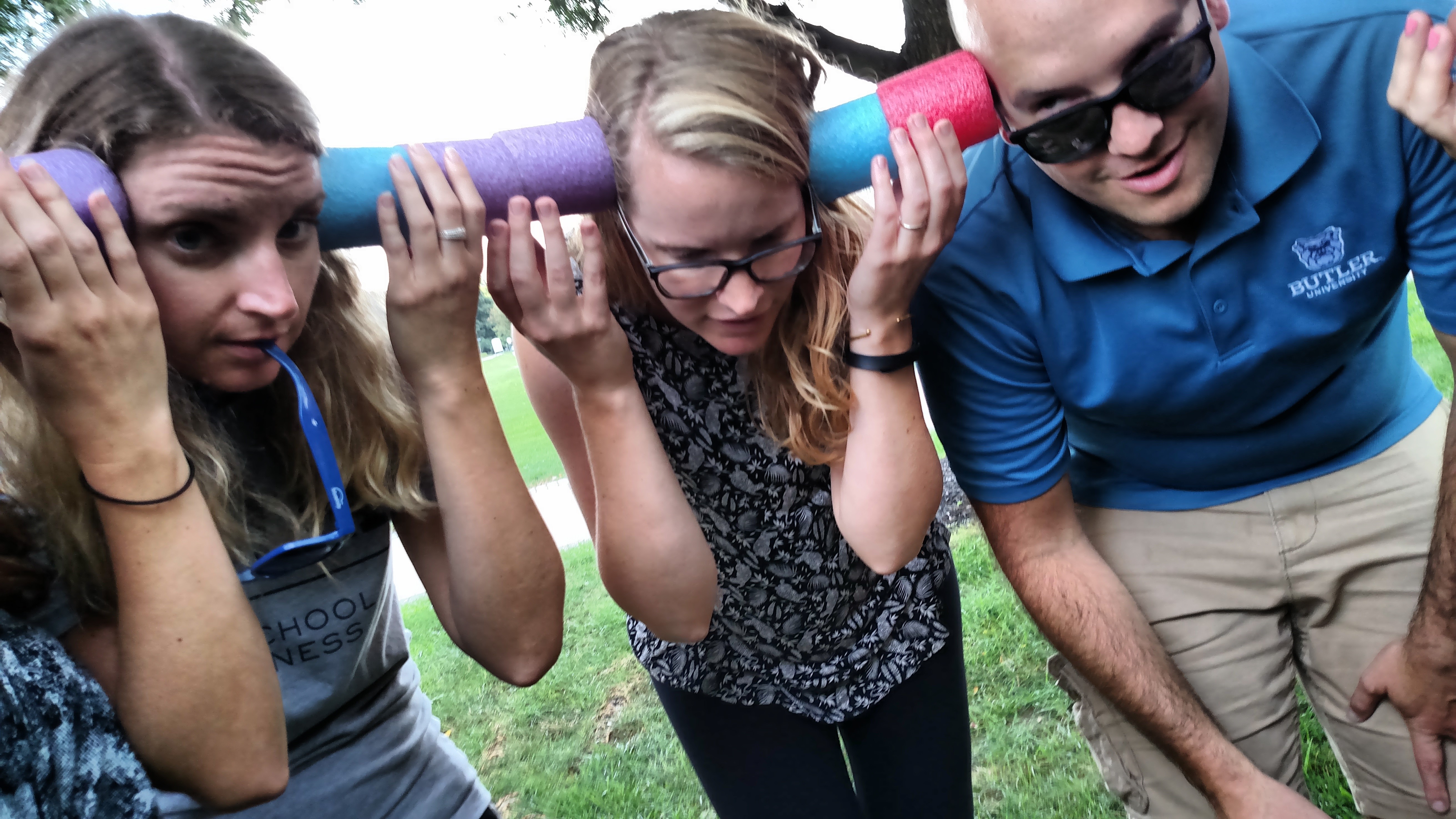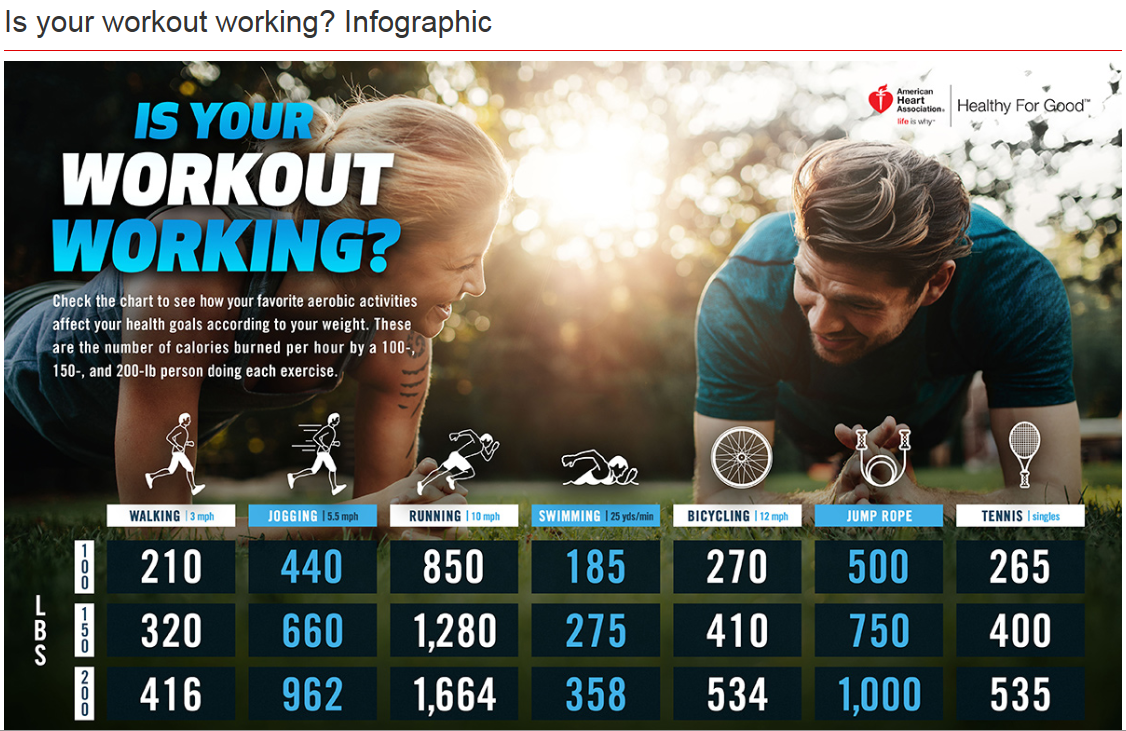Are you looking to ease into getting in shape? This 12-week walking schedule from the National Heart, Lung, and Blood Institute can start you on the path to better health. But before starting this walking plan, talk with your doctor if you have serious health issues, or if you’re older than age 40 and you’ve been inactive recently.
Aim to walk at least five days a week. Start out warming up with a five-minute, slower paced walk. Slow your pace to cool down during the last five minutes of your walk.
Start at a pace that’s comfortable for you. Then gradually pick up speed until you’re walking briskly — generally about 3 to 4 miles an hour. You should be breathing hard, but you should still be able to carry on a conversation. Each week, add about two minutes to your walking time.
In addition to walking, add strength training exercises — such as pushups and lunges — to your routine. The Department of Health and Human Services recommends that healthy adults include aerobic exercise and strength training in their fitness plans, specifically:
- At least 150 minutes of moderate aerobic activity, 75 minutes of vigorous aerobic activity, or an equivalent combination of moderate and vigorous aerobic activity a week
- Strength training exercises of all the major muscle groups at least twice a week
| Week |
Warm-up |
Brisk walking |
Cool-down |
| 1 |
5 minutes |
5 minutes |
5 minutes |
| 2 |
5 minutes |
7 minutes |
5 minutes |
| 3 |
5 minutes |
9 minutes |
5 minutes |
| 4 |
5 minutes |
11 minutes |
5 minutes |
| 5 |
5 minutes |
13 minutes |
5 minutes |
| 6 |
5 minutes |
15 minutes |
5 minutes |
| 7 |
5 minutes |
18 minutes |
5 minutes |
| 8 |
5 minutes |
20 minutes |
5 minutes |
| 9 |
5 minutes |
23 minutes |
5 minutes |
| 10 |
5 minutes |
26 minutes |
5 minutes |
| 11 |
5 minutes |
28 minutes |
5 minutes |
| 12 |
5 minutes |
30 minutes |
5 minutes |
Based on National Heart, Lung, and Blood Institute
https://www.mayoclinic.org/healthy-lifestyle/fitness/in-depth/walking/art-20050972









